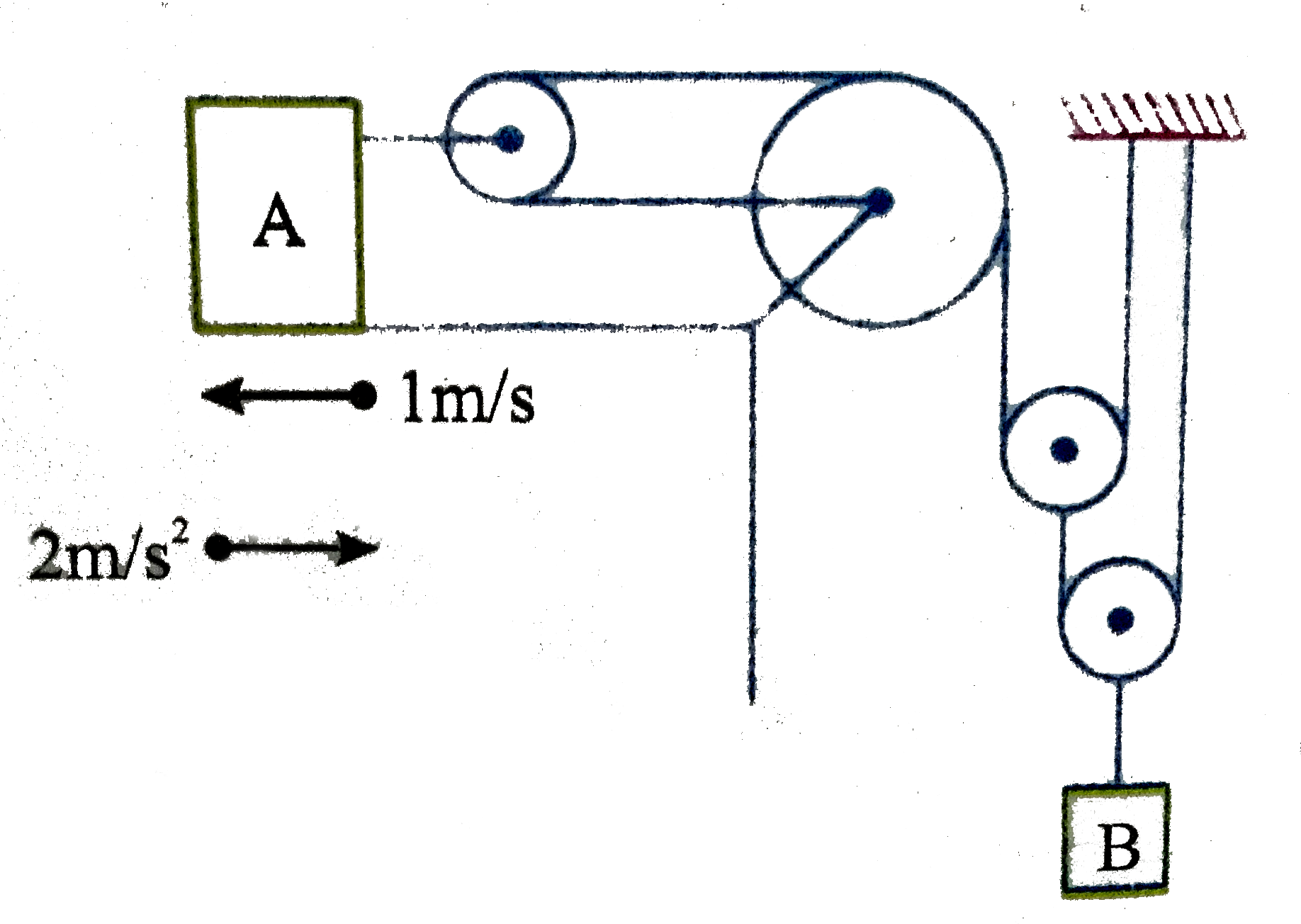The particle is performing uniform circular motion, the true statement/s/are/is
(A) the direction of linear velocity, acceleration and force changes instantaneously
(B) the magnitude of linear velocity, acceleration and force instantaneously.
(C) the magnitude of linear velocity, acceleration and force remains constant.
(D) linear velocity, acceleration and force are in the same direction
A and D
A and C
B,C and D
A,B and C
The correct Answer is:B
Step by step video, text & image solution for The particle is performing uniform circular motion, the true statement/s/are/is (A) the direction of linear velocity, acceleration and force changes instantaneously (B) the magnitude of linear velocity, acceleration and force instantaneously. (C) the magnitude of linear velocity, acceleration and force remains constant. (D) linear velocity, acceleration and force are in the same direction by Physics experts to help you in doubts & scoring excellent marks in Class 12 exams.
Updated on:21/07/2023Topper's Solved these Questions
Similar Questions
Knowledge Check
In case of a uniform circular motion, velocity and acceleration are
AperpendicularBin same directionCin opposite directionDnot related to each otherLet v and a represent instantaneous velocity and acceleration of a particle respectively.
AAcceleration a can be zero when velocity v =cancel0BAcceleration a can be nonzero when velocity v=0CAcceleration a can be zero when velocity v=0DAcceleration a must be zero when velocity v=0.In a uniform circular motion , the direction of linear velocity is along the
Awork done is zeroBtorque is zeroCangular speed constantDall of the above
Derive an expression for instantaneous velocity and acceleration of a particle executing simple harmonic motion.
View SolutionIn a uniform circular motion , the direction of linear velocity is along the
View SolutionIn uniform circular motion, the velocity vector and acceleration vector are
View SolutionIn a uniforme circular motion, the velocity of linear velocity of a particle
View SolutionA body performing nonuniform circular motion experiences linear acceleration ar and tangential acceleration aT, such that ar changes the direction of linear velocity. Then the resultant acceleration 'a' in this case is ,
View Solution

 .
.